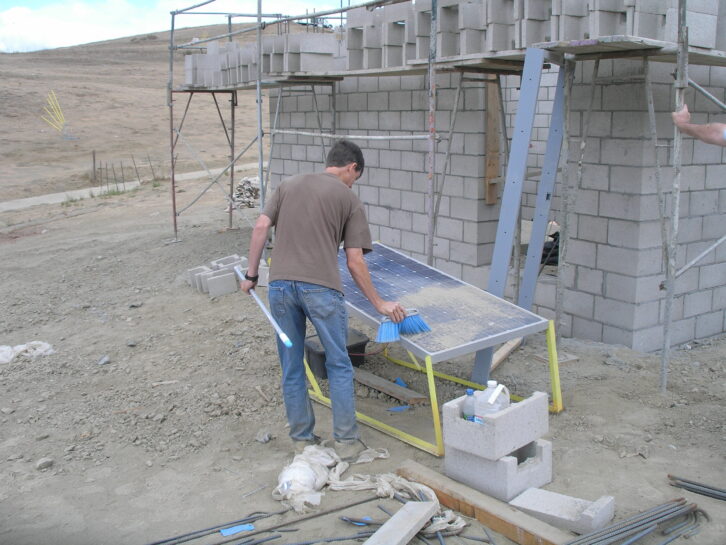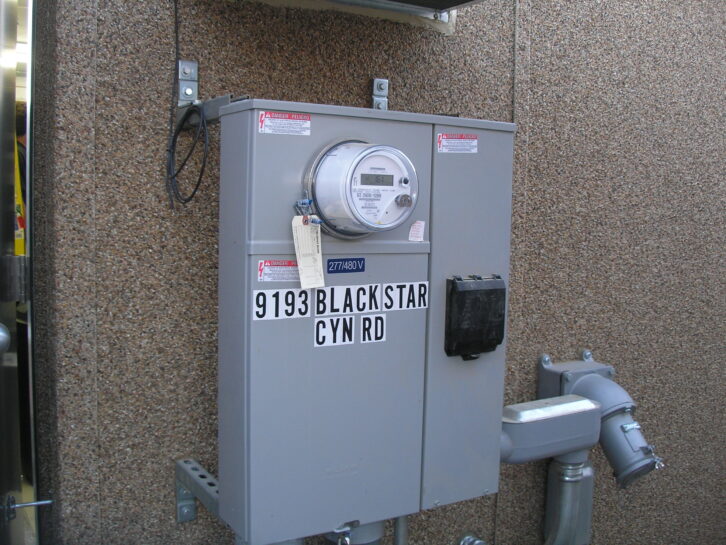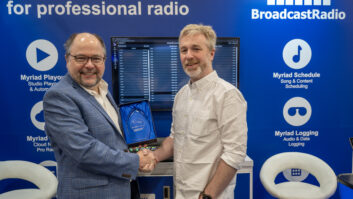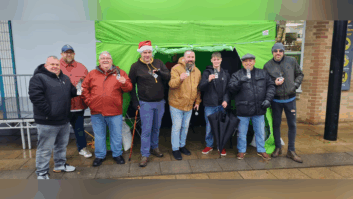Cris Alexander is technical editor of RW Engineering Extra.
For some time now we’ve been hearing that a number of auto manufacturers have opted to solve their electric vehicle AM interference issues by removing AM receivers from their entertainment packages. And recently Ford announced that it would remove AM reception capability from all its 2024 passenger vehicles, EV and gas-powered, before it withdrew that decision in the face of proposed legislation that would mandate AM in cars.
You’ve probably also read the automakers’ responses to Sen. Ed Markey’s letter. In sum, they say that there are plenty of sources for the same programming and information that listeners currently get on AM, specifically online streams. They implied without using the word that AM in automobiles is irrelevant.
If, over time, the demise of AM is hurried along by carmakers, do the companies really think that those streams and other sources will still be there? Why would a defunct AM station continue streaming? My guess is that they haven’t thought that far ahead, but we as broadcasters certainly have.
It occurred to me that the same thing could be said of FM radio. Why keep FM receivers in automobiles when the same programming is currently available on online streams? How long will it be before automakers decide that FM is also irrelevant?
These are questions for our industry; and it’s a battle for the industry as a whole to fight. But on the technical front, there is something that we as engineers can do. We have got to keep our radio stations, both AM and FM, sounding superb, operating at full power with licensed parameters and with aggressive but clean audio processing.
They have to sound as good as we can make them. Hybrid digital stations have got to be on their game with proper analog/digital time alignment and optimized spectrum for a fast lock and robust digital performance. PSD metadata has to be right and in proper time alignment with the audio. Our over-the-air audio has got to sound way better than any low-bitrate online stream.
Alternative energy
Sometimes broadcast transmitter facilities are built right in the middle of metropolitan or otherwise built-up areas with ready access to power and other utilities, but in a lot of cases they are not.
Perhaps more typically, broadcast transmitter/tower sites are located outside of town, often in a remote area. In many cases, mountaintop sites are used to gain elevation and eliminate signal problems that result from terrain reflections. In those cases, the tradeoff is “free” antenna height at the expense of ease of site access and lack of utilities.
We used to hear a lot about rotary phase converters. Many transmitter sites in rural areas perhaps have easy access but no three-phase power. Most transmitters rated at 5 kW and up require three-phase power, and the choice was often whether to pay hundreds of thousands of dollars to have three-phase power brought in or to use a mechanical device to turn the available single-phase power into three-phase.
We don’t hear so much about that anymore, but I’m sure there are still rotary converters spinning away out there.

In other locations, there simply is no electrical power to be had. It’s “roll your own” or none at all. I was faced with such a situation a few years ago at our new Southern California tower site in a basin atop the Santa Ana Mountains of eastern Orange County.
The site had been the home for a short while in the 1990s to a 5 kW AM station. Power was all generated on-site using diesel, something that’s pretty much a no-no (or prohibitively expensive) these days. Five miles of rutted, often muddy and slick switchback road were a challenge for fuel delivery on a good day, and from what I’m told, there were times that it just didn’t happen.
That other station, its towers and building were long gone by the time we bought the site and the adjoining parcels, and on-site power generation was out of the question due to air quality and other environmental regulations plus all the issues with hauling truckloads of flammable liquid up that road right into the heart of fire country. We had to get utility power to the site, and we did.
(During construction, we had to somehow power the tower lights, and we used solar for that, a DIY arrangement of panels, charge controllers, batteries and inverters. Keeping the dust off the panels was key to having blinky red lights at night.)
After purchasing a long easement from an adjoining property owner, we installed underground conduit with vaults and manholes every few hundred feet over an almost mile-long path. A transformer was set on the pad we supplied, wire was pulled in and connected, and it was a day for celebration when the 480-volt power to the site came on. All that cost the better part of a million dollars.
I should note that whether we were pulling in a 150 kW 480V three-phase service or a 10 kW single-phase service, the costs would be much the same; the bulk of the expense was in the easement and almost a mile of trench, conduit, manholes, backfilling and compacting.

While our company and that radio station were well positioned to make that investment, spending a ton of money for infrastructure is not an option for a lot of operators.
The location of transmitter sites is often dictated by spacing to other stations and it’s certainly influenced by desired coverage area. Especially for low-power stations or translators, the area to locate can be quite small, and if there are no utilities there, it’s going to take some creative engineering to make things work reliably.
Fortunately, for low-power installations, alternative energy sources can be the answer. It would take thousands of square feet of 300-watt solar panels, banks of batteries and racks of inverters to power a full-power FM station’s transmitter site, but for an LPFM or transmitter, it would not take nearly as much.
Around the Rocky Mountain region where I live, there are countless comm sites powered in just that way. The issue for those installations becomes snow, which can and often does completely cover the solar panels and put an end to power production, much as construction dust did at our SoCal site. Some sites have mitigating mechanisms in place, but others just go dark from mid-winter until spring.
Wind power is another option that can supplement solar power generation, and snow is not usually an issue for small wind turbines.
In the latest issue of Radio World Engineering Extra, the author who goes by the memorable byline Pete Tridish shared with us the account of his adventures in upgrading the facilities of a community radio station in Sitka, Alaska, an isolated community reachable only by boat or seaplane and which only has electricity for a few hours each day.
It’s a fascinating account of the use of alternative energy sources for broadcast facility power and a great example of what I think of as “real engineering,” creative problem-solving with technology. Find it here; I hope you will enjoy it and come away with some ideas that you can carry into your own work.
If you have a project you would like to share with our readers, email me at [email protected]. Could be that your project is exactly what some other engineers need.







